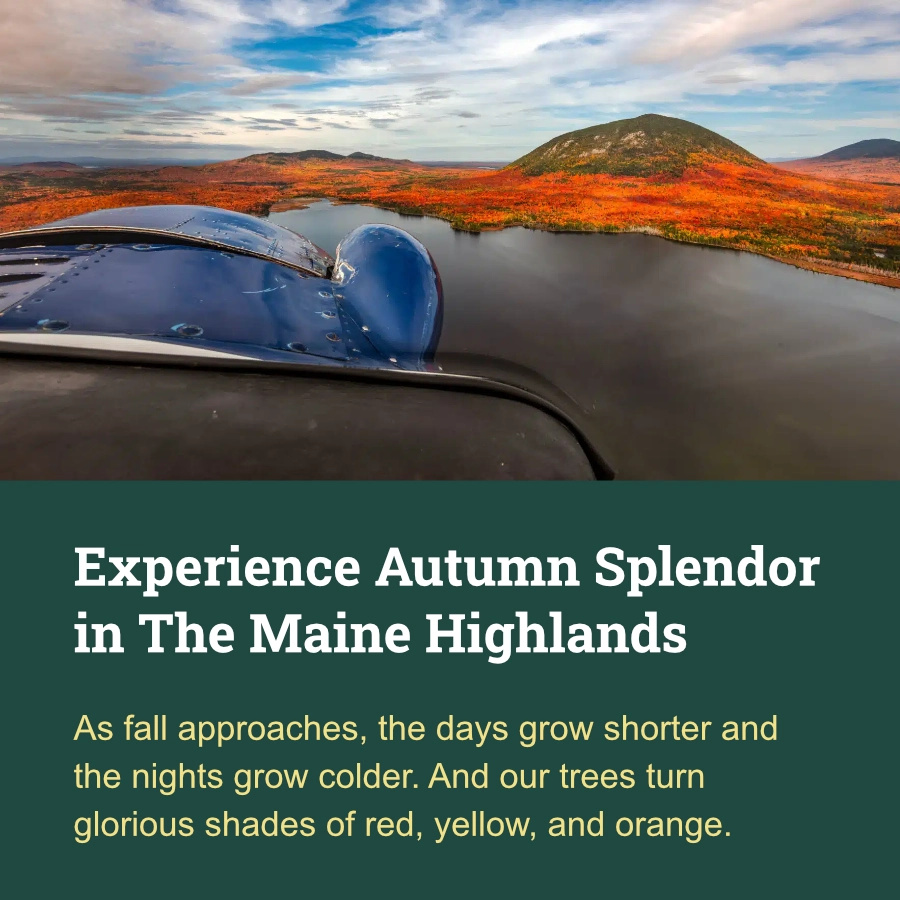Discover the Sweet Tradition of Maine Maple Syrup in The Maine Highlands
A Rich History
Long before the pilgrims arrived, Native Americans in the Northeast were using maple sugar as a natural sweetener. They taught early colonists the art of tapping maple trees and processing sap into syrup and sugar. Today, Maine maple syrup remains a cherished tradition, rooted deeply in the region’s history and culture.
The Process: Then and Now
The methods of harvesting sap and making maple syrup have evolved significantly over the centuries. Originally, Native Americans used birch bark or hollowed-out logs to collect sap, which they boiled using hot stones. European settlers later adopted iron kettles to speed up the process.
Modern technology has further streamlined production. Today, many sugar houses in The Maine Highlands use plastic or metal buckets, and larger operations employ plastic tubing systems to transport sap directly from the trees to the sugar house, saving time and effort.
The Perfect Climate
Maine’s unique climate makes it ideal for maple syrup production. The combination of sunny days with warm temperatures followed by freezing nights creates the perfect conditions for sap flow. The sugaring season typically runs from late February to mid-April, when the trees produce sap that must be processed quickly to avoid spoilage.
The Boiling Process
Whether gathered by hand or through tubing systems, the collected sap is boiled in an evaporator. The syrup maker monitors the temperature carefully, knowing that when it reaches 107 degrees Celsius, the sap has transformed into syrup. After boiling, the syrup is filtered, packed into jars or bottles, and sealed to preserve its freshness.
Grades of Maine Maple Syrup
All commercially sold Maine maple syrup is classified as Grade A, but there are distinct variations in color and flavor:
- Golden Color with Delicate Flavor: With a fine, pronounced sweetness, this syrup is perfect for pancakes, waffles, French toast, and as a topping for ice cream.
- Amber Color with Rich Flavor: Slightly stronger in flavor and darker in color, this versatile syrup is a popular choice for all-purpose use.
- Dark Color with Robust Flavor: Preferred for baking and cooking due to its strong flavor, this syrup is ideal for pouring over baked apples or squash and using as a glaze for meats and vegetables.
- Very Dark Color with Strong Flavor: This intense syrup is excellent for recipes requiring a pronounced maple flavor, such as cookies, breads, and baked beans. It’s often packaged in larger containers.
Experience Maine Maple Sunday
Each spring, Maine sugar houses open their doors to the public for Maine Maple Sunday. In 2025 the weekend will be March 22-23. This annual event offers a unique opportunity to learn about the syrup-making process and sample fresh maple syrup. Visitors can explore various sugar houses in The Maine Highlands, witnessing firsthand the hard work and tradition that go into every bottle of syrup.
For a list of participating maple syrup producers, visit Maine Maple Producers Association.
Maine Highlands Maple Sugar Houses:
Duck Grove Farm in Dover-Foxcroft
Bob’s Sugarhouse in Dover-Foxcroft
Bakers Maple in Shirley
Bemis Family Farm in Corinna
Cider Hill Maple Farm in Exeter
Nutkin Knoll Farm & Sugarworks in Newburgh
Williams Family Farms in Clifton
Marrakeunk Maple in Lee
Chester Maine Maple in Chester
Plan Your Visit to The Maine Highlands
Immerse yourself in the sweet tradition of Maine maple syrup by visiting The Maine Highlands. With its rich history, perfect climate, and modern production techniques, this region offers a unique and delicious experience for all. Come and taste the tradition for yourself!








